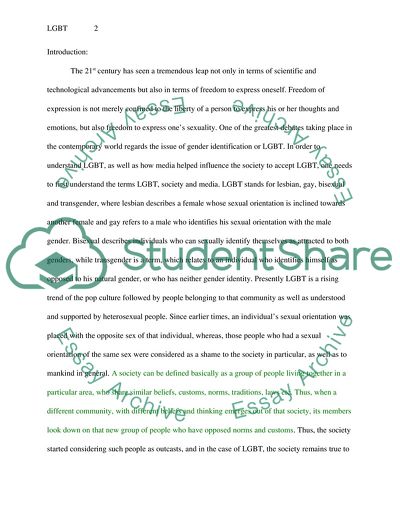Cite this document
(Representation of LGBT in the Show The Fosters on ABC Family Research Paper, n.d.)
Representation of LGBT in the Show The Fosters on ABC Family Research Paper. https://studentshare.org/media/1816358-scholarly-essay
Representation of LGBT in the Show The Fosters on ABC Family Research Paper. https://studentshare.org/media/1816358-scholarly-essay
(Representation of LGBT in the Show The Fosters on ABC Family Research Paper)
Representation of LGBT in the Show The Fosters on ABC Family Research Paper. https://studentshare.org/media/1816358-scholarly-essay.
Representation of LGBT in the Show The Fosters on ABC Family Research Paper. https://studentshare.org/media/1816358-scholarly-essay.
“Representation of LGBT in the Show The Fosters on ABC Family Research Paper”. https://studentshare.org/media/1816358-scholarly-essay.


